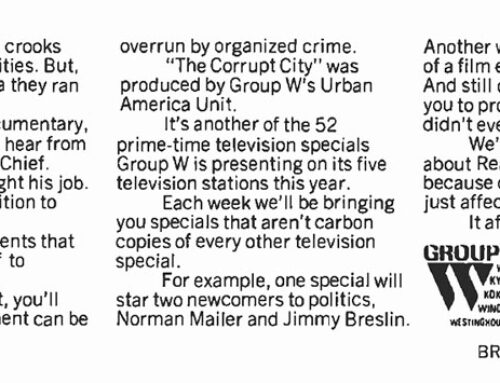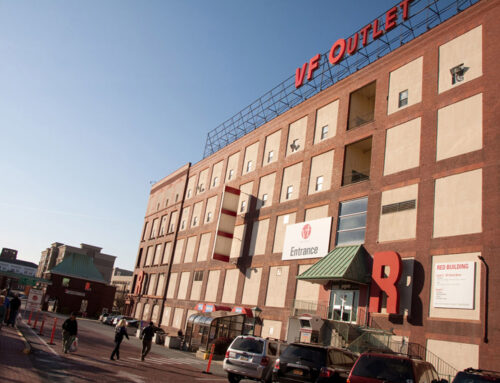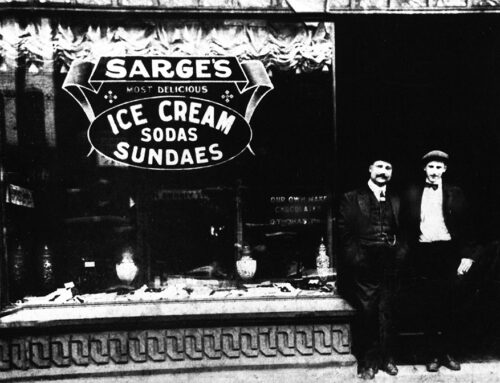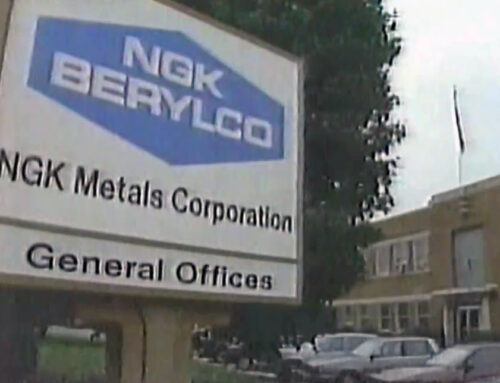Photos by Gress Photography.
Big Spring Farm is on Route 422 east of Conrad Weiser High School. The farm is on a parcel of property originally consisting of 2,794 acres that William Allen had surveyed on October 20, 1730. The area was a part of a 10,000 acre estate that William Penn developed and left to his grandson William Penn, who in turn gave it to William Allen by indenture dated August 29, 1728. Beyond this was a region dubbed “Plumpton Manor,” which stretched westward from Robesonia and included the Borough of Womelsdorf and Conrad Weiser’s farm. The term manor as referenced in the article refers to tracts of lands.

The estate, named Big Spring Farm, is renowned for its spring-fed pond. The spring has an overflow of 4 million gallons daily and a year around temperature of 52 degrees. The spring is the principal source of the Big Spring Creek, a tributary of the Tulpehocken Creek.

William Allen (1704-1780) was the son of William Allen, a wealthy Philadelphia merchant who died in 1725. Upon the death of his father, William Allen inherited a large fortune. He acquired holdings in other areas and the City of Allentown is named for him.
Two stone masonry houses were erected on the property. The smaller of the two being one-story and attic carries in its south gable a stone dated 1735, and in the west gable end of the larger stone house is a stone dated 1740. Th two old masonry buildings are connected by a communicating wing. It is quite probable that William Allen built these houses since he owned the property in those years. It is reasonable to believe that, although he resided in Philadelphia, he probably used the Big Spring Farm as his country seat.


William Allen was Chief Justice of the Province of Pennsylvania. At the time of the American Revolution, Allen was one of the wealthiest and most powerful men in Philadelphia. He became involved in controversy with Benjamin Franklin as bitterness developed because of the policies of George III. When the Declaration of Independence was signed, he became a Tory bitterly opposed to the war against the mother country. At the time of separation Andrew Allen was the owner of Big Spring Farm containing 472 acres and 148 perches of land and upon enactment of the Divesting Act he was stripped of the ownership of this farm.
After divestiture the Big Spring Farm was granted by Patent to Nicholas Brosius who conveyed a one half interest to Charles Biddle and the remaining one-half interest to Peter Muhlenberg. John Eckert acquired title in 1795. In the grant to Nicholas Brosius the following charge was imposed on the property, “under and subject nevertheless to yearly rent or payment of 163 bushels and 19/120th parts of a bushel of good merchantable wheat payable to the trustees of the University of Pennsylvania, their successors and assigns and to all arrears thereof as mentioned in the aforesaid Patent.” This ground rent was purchased by a subsequent owner and thereafter became merged in the fee and ceased thereafter to exist.
The owner in 1812 was George Ege, of Charming Forge, who had the property resurveyed on May 5, 1812.
Over time, various owners cultivated the land, but in the 1960s, Dr. Frederic B. Thomson, a local veterinarian, established an equine hospital on the property, focusing on thoroughbred care. Mrs. Madelaine W. Thomson was an experienced horsewoman on her own account and had shown horses at many shows.
Once the home of thoroughbred horses and beef cattle, the tract along the Harrisburg Pike was devoid of livestock when the Thomsons arrived. The Thomsons resided in the beautiful colonial mansion. It had been completely modernized in the colonial style and is one of the most lovely examples of early architecture in Berks County.
The entrance to the farm is marked by a 1-bay garage size gatehouse. Stately century-old maples line the driveway, which leads to the primary entrance, service entrance, and a 3-bay carriage house featuring an apartment. The property currently spans 23.6 acres, with a considerable portion being fenced pastureland. Gentle slopes surround the 1-acre pond, and flagstone pathways lead to various outdoor features, such as Al Fresco terraces, an enchanting octagonal gazebo, a root cellar, and a stone spring house. The dock gazebo by the pond provides a romantic setting for evening gatherings. The main residence, a stunning over 6,300 square-foot structure, combines colonial elements from 1735 and 1740 with a beautiful 20th-century addition. The home’s rich history is evident in its architectural details and original finish materials. Noteworthy features include the family room’s fireplace, believed to have been salvaged from the original fire-damaged White House in Philadelphia, as well as striking fireplaces in the living room and formal dining room. The thick stone exterior walls of the home create substantial 24′ interior window sills. The home has 18 rooms and 6 1/2 baths.
Dr. Thomson’s practice was largely confined to standardbreds — trotters and pacers. That’s because horse racing was illegal in the Keystone State when he transformed Big Spring into a spa known from Canada to Florida and along the Grand Circuit of harness racing which reaches into Illinois, Indiana, Missouri and Kentucky. The Thomsons operated the veterinarian business at Big Spring Farm for 40 years until retiring in 1992.
On May 2, 2024, Lower Heidelberg Township purchased the renowned Big Spring Farm property for $2,230,000.00. The purchased property is comprised of over 26 acres, featuring the stone main house and a modern ranch house on separate land deeds, expansive land suitable for commercial development, the historic stone home, and most significantly, the spring water source with a flow of 4 million gallons per day.
Lower Heidelberg Township seized a unique opportunity to kickstart development in the western region of the Township. The property was purchased for use as a public water supply for a property adjacent to Conrad Weiser High School, primed for commercial construction. In addition, the remaining real estate holds significant development value of its own.







Leave A Comment